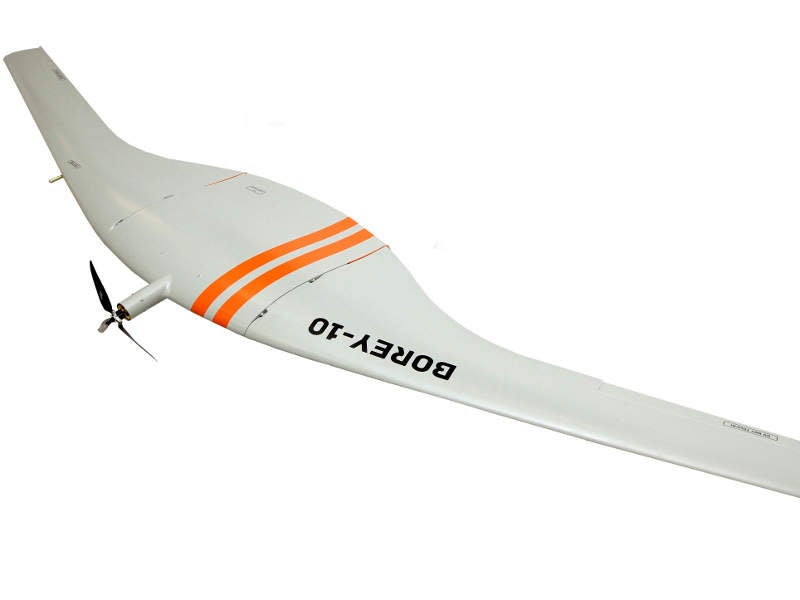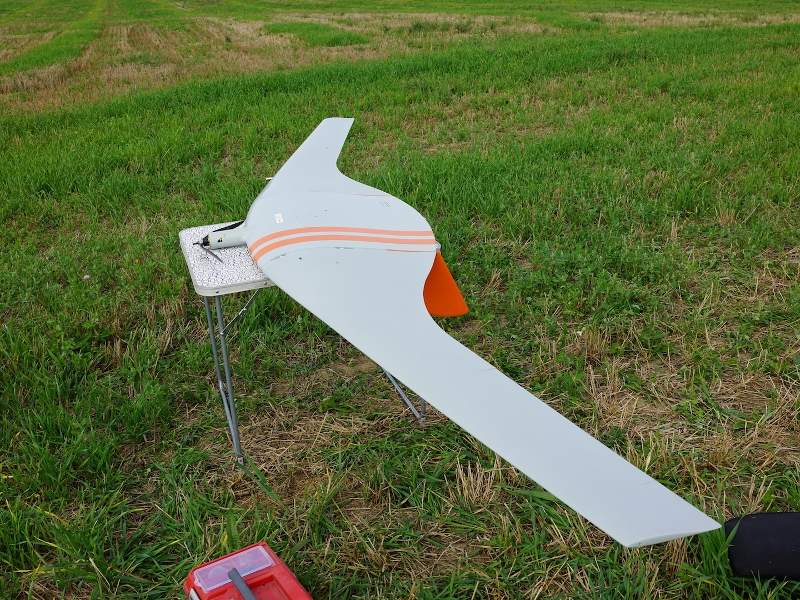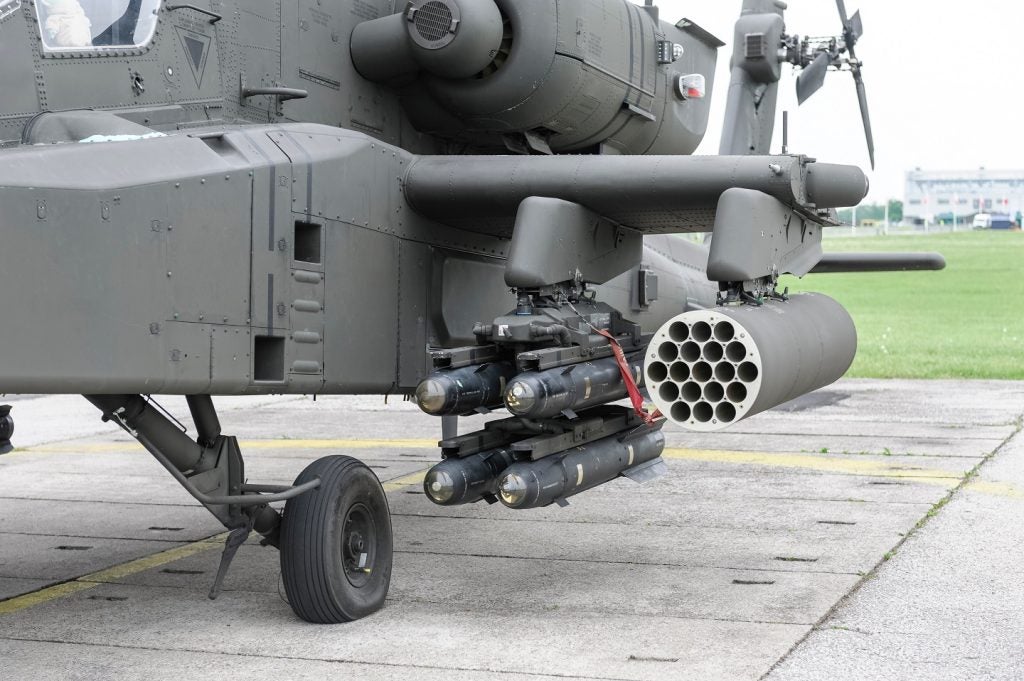Borey-10 fixed-wing unmanned aircraft is the latest unmanned aerial vehicle (UAV) designed and manufactured by UAVOS, primarily for the armed forces.
The next-generation fixed-wing aircraft was unveiled in March 2018. It took part in the UAV 2018 Civil & Military exhibition held in New Delhi, India, in September 2018.
Borey-10’s applications include search-and-rescue (SAR), intelligence gathering, video surveillance, reconnaissance, radio link relay, mapping, monitoring of the earth’s surface and military bases, and target designation.
The UAV can also be used to capture the normalised difference vegetation index (NDVI) data for precision agriculture.
Borey-10 fixed-wing unmanned aircraft design and features
The fixed-wing drone encompasses a sturdy design configuration with thin fixed wings, which enhance the aerodynamic stability of the aircraft by reducing drag.
The UAV is equipped with a two-blade rotor in the nose, while its central part houses the payloads. The sleek and modular structure of the drone enables it to take-off from remote places and land safely on different types of terrains.
The fixed-wing unmanned aircraft can be assembled within ten minutes and easily carried to the mission locations. It is launched using a catapult or a rubber rope and recovered using a parachute landing system. It lands on the back to avoid damage to the onboard payloads.
The aircraft has a length of 760mm, height of 259mm and wingspan of 3.57m. Its maximum take-off weight (MTOW) is 15kg, while the maximum payload carrying capacity is 2kg.
Sensors and payloads
The Borey-10 fixed-wing unmanned aircraft can carry payloads such as thermal imager, video camera, photo camera, and a gyrostabilised television camera.
The onboard electronic warfare (EW) countermeasure system enables the UAV to perform research activities in the absence of the global navigation satellite system (GNSS) signal.
Command and control
The aircraft can be operated in three modes – fully automatic, semi-automatic and emergency.
In the fully automatic mode, the onboard autopilot allows the UAV to be flown automatically from take-off to landing by following the pre-defined flight path without operator assistance, whereas in the semi-automatic mode, the UAV’s flight is assisted by the operator.
The aircraft can be safely landed using a parachute emergency landing system in the event of an emergency.
The real-time data gathered by the drone is sent to the ground control station using a data link.
Propulsion and performance
The Borey-10 fixed-wing unmanned aircraft is powered by an electric engine, rated at 2kW. It is also equipped with a 24V onboard power supply system to serve the auxiliary power requirements of the UAV.
The aircraft also incorporates four 6S 16Аh lithium-ion (Li-ion) batteries, which give superior endurance even in adverse weather conditions.
The cruising and maximum speeds attained by the unmanned vehicle are 16m/s and 30m/s, respectively. The maximum climb rate is 11m/s and the maximum operational range is 250km.
The aircraft can endure for up to four hours during a mission, can perform take-off and landing in a wind speed of 10m/s and can withstand temperatures ranging from -20ºC to 50ºC.
It has the ability to fly at altitudes of 3,500m to carry out observation missions from a distance of 600m.










